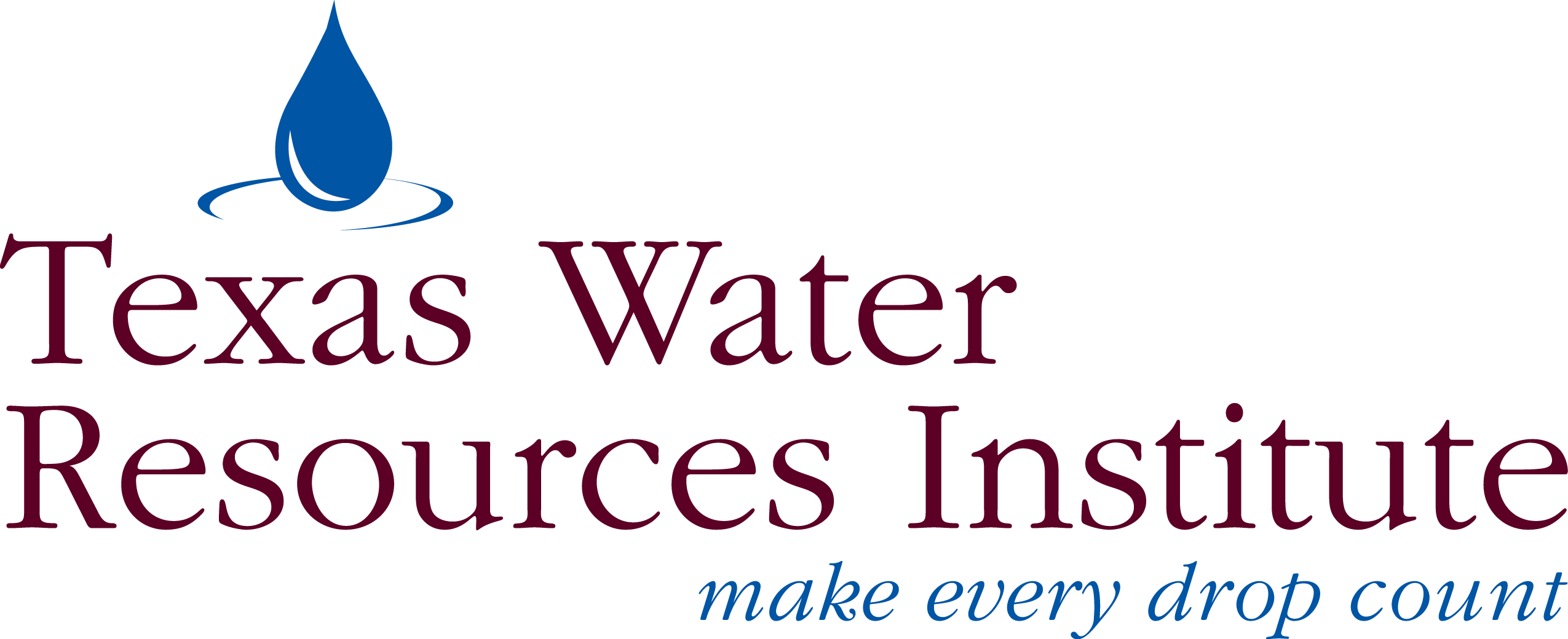Guadalupe River New Braunfels, Texas. Adobe Stock photo.
Peer-reviewed publications by Texas A&M AgriLife and TWRI scientists
The extraordinary drought provision and the future of the Rio Grande water deliveries under the 1944 US–Mexico water treaty: an exploratory policy analysis: Texas Water resources Institute Senior Research Scientist Rosario Sanchez and coauthors analyze how decision makers have applied the ‘extraordinary drought’ provision contained in the legal framework governing water allocation between Mexico and the United States differently on the Colorado River, Upper Rio Grande and Lower Rio Grande.
Differences in Arid Region Water Values Across Sectors: A Discussion of Potential Water Market Activity and Trading Barriers in South Central Texas: Researchers from Texas A&M study potential water trading to improve resource efficiency in arid South-Central Texas by analyzing sectoral water-use values through both market and nonmarket valuation methods. The study found significant changes in water values, lowest in agriculture and highest in municipalities and energy fracking, highlighting the opportunity for a regional water market while also studying barriers such as trading restrictions and geographic factors.
Drought response of zoysiagrass with varying leaf texture under progressive deficit irrigation: This Texas A&M-led study evaluated 26 elite experimental zoysiagrasses for drought resistance under varying irrigation deficits, comparing them to standard cultivars like Palisades, Diamond, and Zeon. Several genotypes, particularly DALZ 1311, 1601, 1603, and select interspecific hybrids, maintained turf quality while reducing water use by over 40%, highlighting the potential of cultivar selection and deficit irrigation for sustainable turf management.
Effects of Changes in Freeze-Thaw Cycles on Soil Hydrothermal Dynamics and Erosion Degradation Under Global Warming in the Black Soil Region: Coauthored by a Texas A&M scientist, this study used the enhanced SWAT-FT model to assess how future climate scenarios may alter freeze-thaw cycles (FTCs), soil hydrothermal dynamics, and erosion in the Upper Mississippi River Basin. Findings revealed significant warming-induced shifts in FTC patterns and soil temperatures, leading to increased early spring erosion.
Strategies to enhance activities of single atom catalysts for persulfate activation: A review: Coauthored by Texas A&M researchers, this review studies the recent advancements in single atom catalysts (SACs) for optimizing persulfate activation to improve water treatment efficiency and contaminant degradation. It shows how modifying the metal coordination microenvironment enhances catalytic performance and influence degradation pathways, while also identifying key research gaps and future directions.
Recent research from other Texas universities
Multidecadal drought impacts on the Lower Colorado Basin with implications for future management: Led by researchers at the University of Texas at Austin, this study evaluates water storage changes in the Colorado River Basin using satellite data, modeling, and monitoring, revealing that 80% of total losses occurred in the Lower Basin —driven primarily by groundwater depletion. While some recovery occurred due to reduced irrigation and water transfers, future declines in Colorado River allocations may worsen, emphasizing the need for integrated surface and groundwater management.


